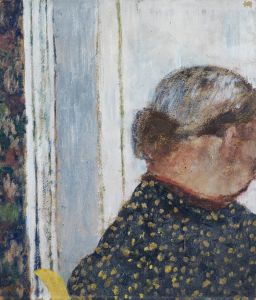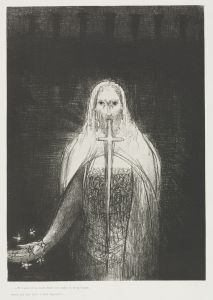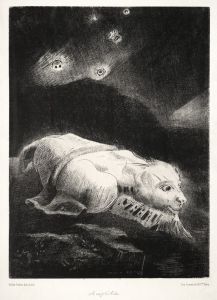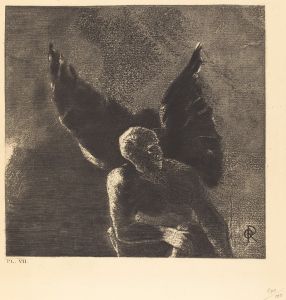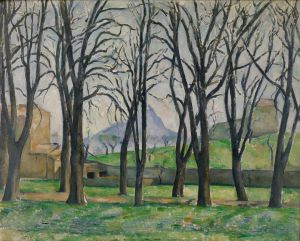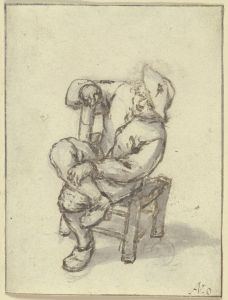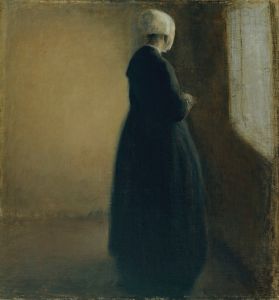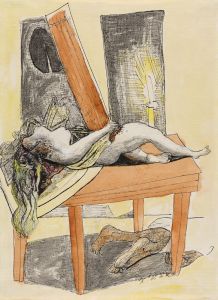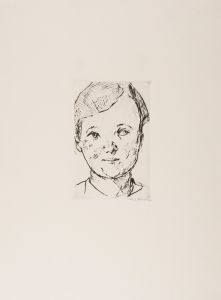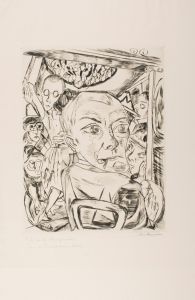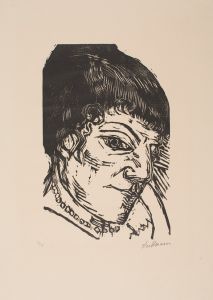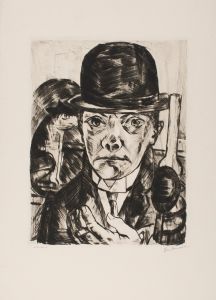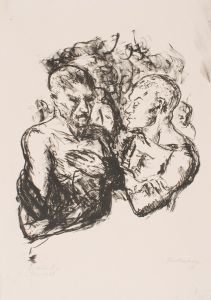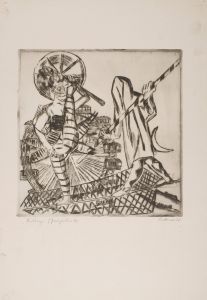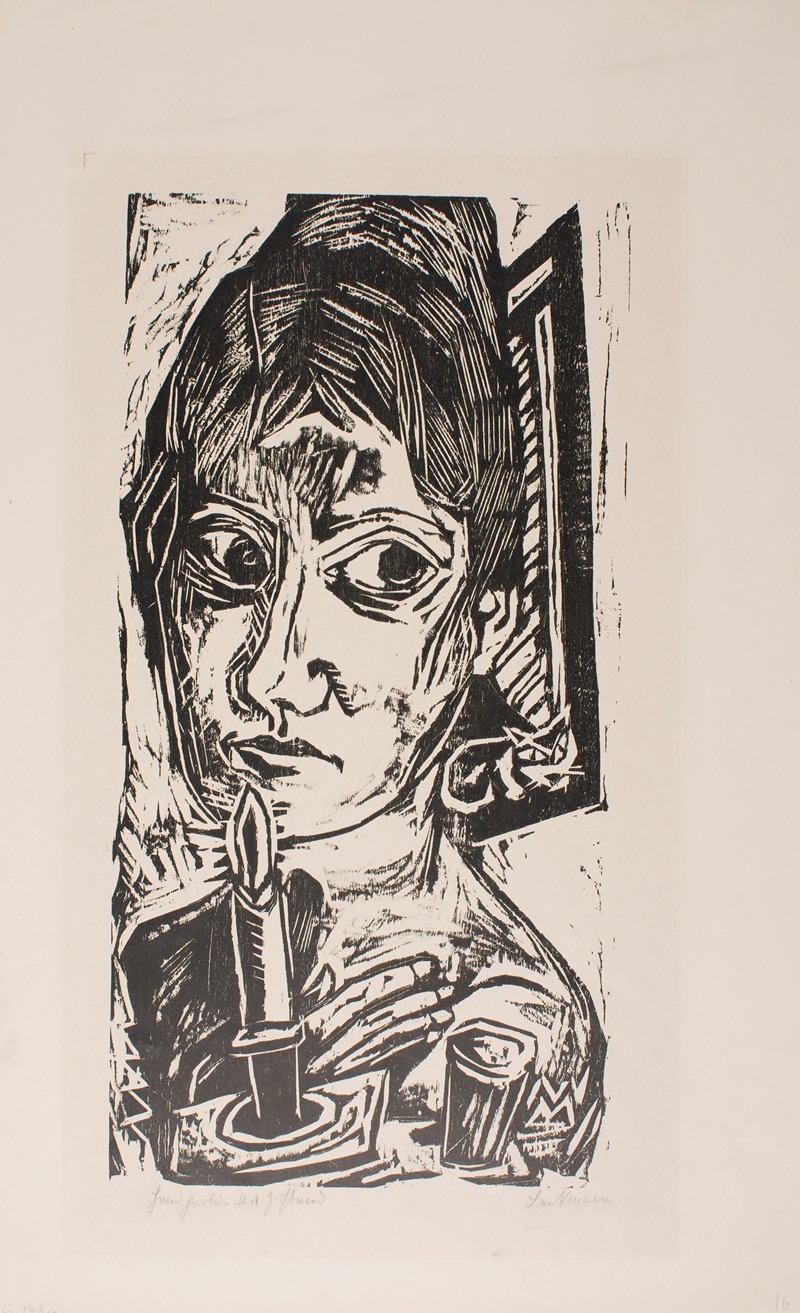
Woman with Candle
A hand-painted replica of Max Beckmann’s masterpiece Woman with Candle, meticulously crafted by professional artists to capture the true essence of the original. Each piece is created with museum-quality canvas and rare mineral pigments, carefully painted by experienced artists with delicate brushstrokes and rich, layered colors to perfectly recreate the texture of the original artwork. Unlike machine-printed reproductions, this hand-painted version brings the painting to life, infused with the artist’s emotions and skill in every stroke. Whether for personal collection or home decoration, it instantly elevates the artistic atmosphere of any space.
"Woman with Candle" is a painting by the German artist Max Beckmann, a prominent figure in the Expressionist movement. Beckmann, born in 1884 in Leipzig, Germany, is known for his vivid and often complex compositions that reflect the tumultuous periods through which he lived, including both World Wars and the interwar years. His works frequently explore themes of existentialism, human suffering, and the complexities of modern life.
Max Beckmann painted "Woman with Candle" in 1921, a period marked by his transition from the more traditional styles of his early career to the distinctive, bold, and often distorted forms that characterize his mature work. This painting is an exemplary piece from Beckmann's post-World War I period, where he delved deeply into the human psyche and the social upheavals of the time.
"Woman with Candle" depicts a solitary female figure holding a candle, a motif that Beckmann used to explore themes of introspection and enlightenment. The candle, a source of light in the darkness, can be interpreted as a symbol of hope, knowledge, or spiritual insight. The woman's expression and posture suggest contemplation or perhaps a moment of revelation, inviting viewers to ponder her inner world and the broader human condition.
The painting is executed in Beckmann's signature style, characterized by bold lines, a rich color palette, and a sense of tension and drama. His use of color and form creates a dynamic composition that draws the viewer's eye to the central figure while also conveying a sense of depth and complexity. The interplay of light and shadow in the painting enhances the emotional intensity of the scene, a hallmark of Beckmann's work.
Beckmann's art was heavily influenced by the socio-political climate of early 20th-century Europe. After serving as a medical orderly during World War I, he experienced a profound transformation in his artistic vision. The horrors of war and the subsequent societal changes deeply affected him, leading to a more introspective and symbolic approach in his art. "Woman with Candle" reflects this shift, as it embodies both personal and universal themes of searching for meaning in a world fraught with uncertainty.
Throughout his career, Beckmann faced both acclaim and adversity. During the Nazi regime in Germany, his work was labeled "degenerate art," and he was forced to flee the country in 1937. Despite these challenges, Beckmann continued to create, teaching and painting in the United States until his death in 1950. His legacy endures through his powerful and thought-provoking body of work, which continues to resonate with audiences worldwide.
"Woman with Candle" remains an important piece within Beckmann's oeuvre, illustrating his mastery of expression and his ability to convey profound emotional and philosophical themes through art. The painting is housed in a private collection, contributing to the ongoing appreciation and study of Beckmann's contributions to modern art.





